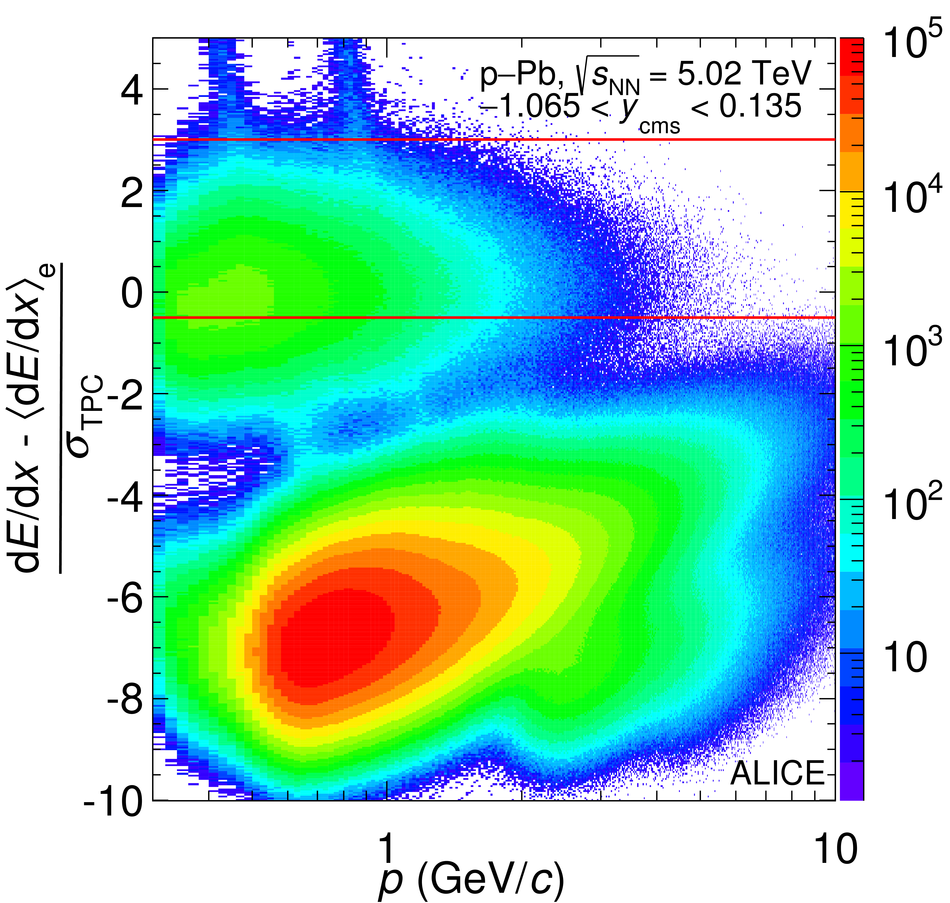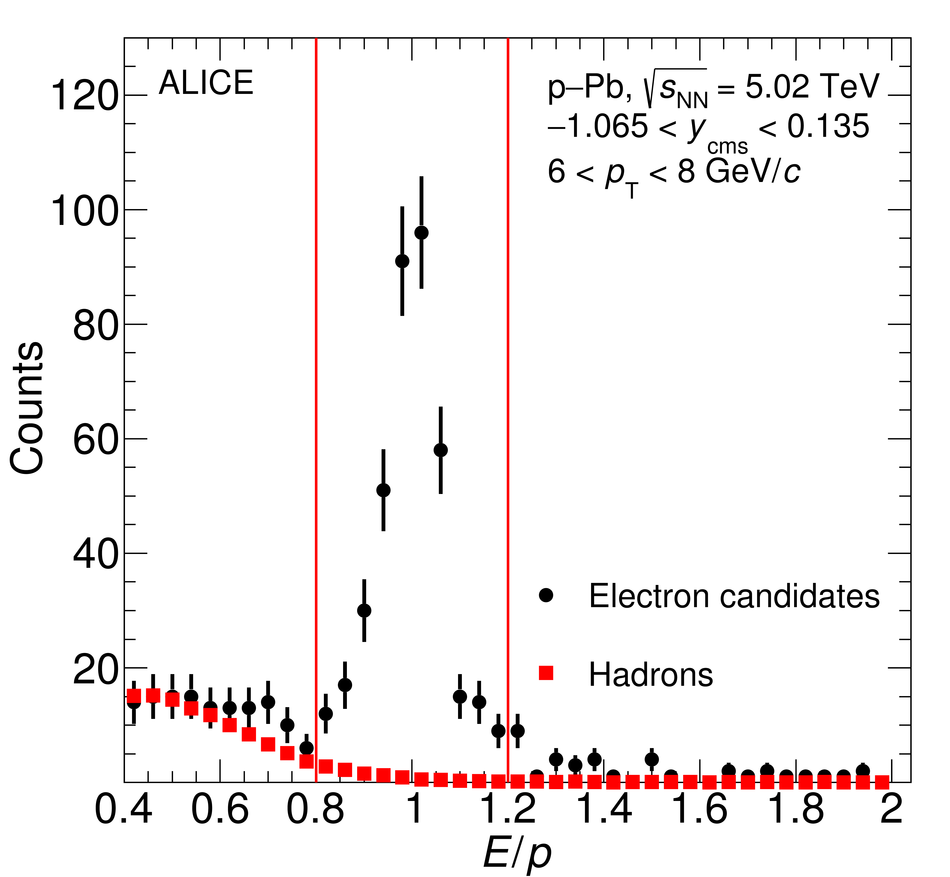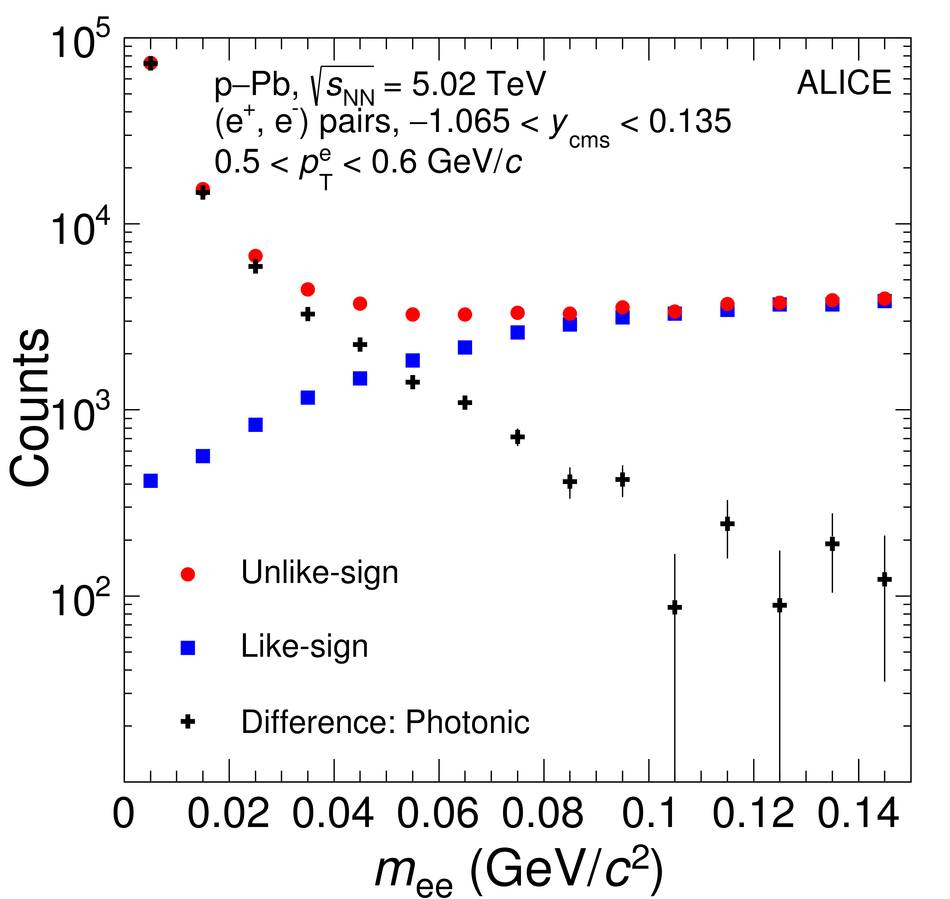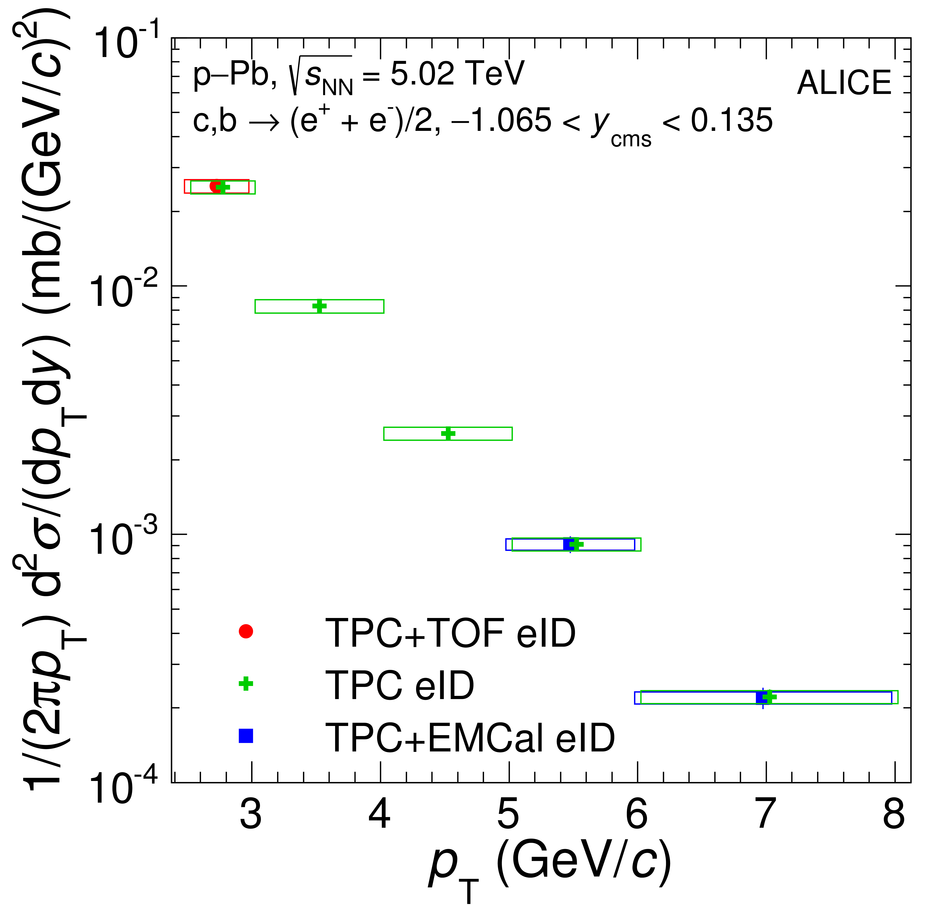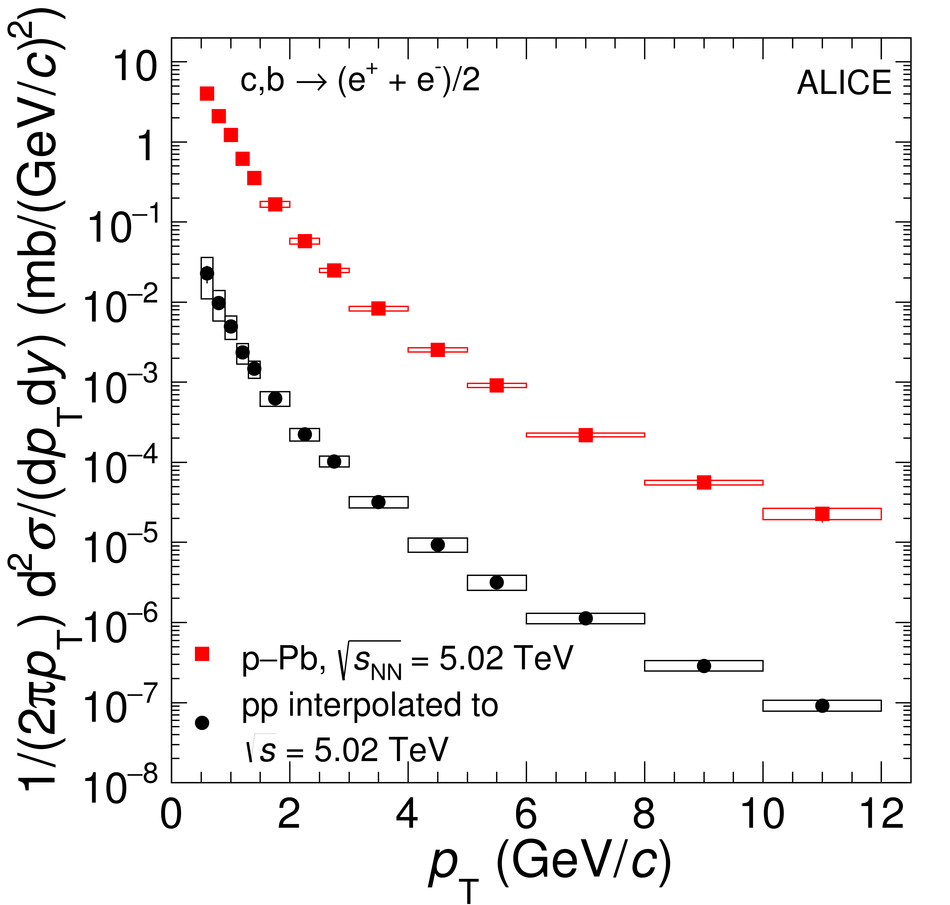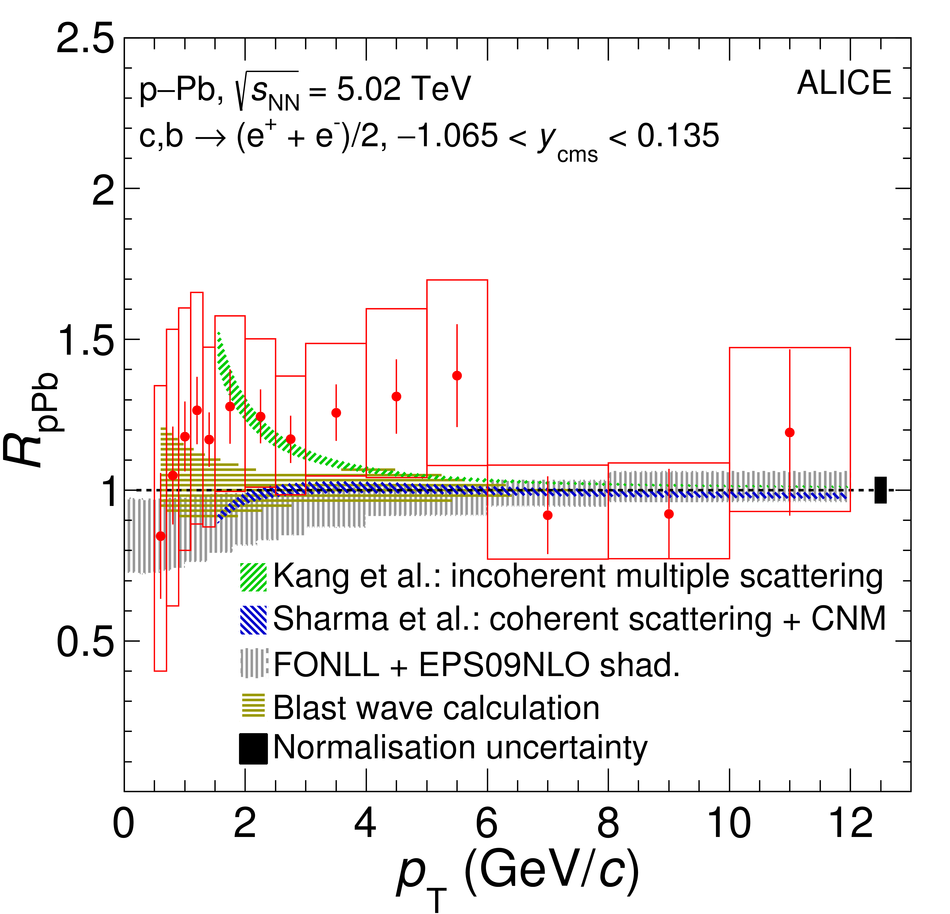The production of electrons from heavy-flavour hadron decays was measured as a function of transverse momentum ($p_{\rm T}$) in minimum-bias p-Pb collisions at $\sqrt{s_{\rm NN}}=5.02$ TeV with ALICE at the LHC. The measurement covers the $p_{\rm T}$ interval $0.5<~p_{\rm T}<~12$ GeV/$c$ and the rapidity range $-1.06 <~ y_{\rm cms} <~ 0.14$ in the centre-of-mass reference frame. The contribution of electrons from background sources was subtracted using an invariant mass approach. The nuclear modification factor $R_{\rm pPb}$ was calculated by comparing the $p_{\rm T}$-differential invariant cross section in p-Pb collisions to a pp reference at the same centre-of-mass energy, which was obtained by interpolating measurements at $\sqrt{s}= 2.76$ TeV and $\sqrt{s} =7$ TeV. The $R_{\rm pPb}$ is consistent with unity within uncertainties of about 25%, which become larger for $p_{\rm T}$ below 1 GeV/$c$. The measurement shows that heavy-flavour production is consistent with binary scaling, so that a suppression in the high-$p_{\rm T}$ yield in Pb-Pb collisions has to be attributed to effects induced by the hot medium produced in the final state. The data in p-Pb collisions are described by recent model calculations that include cold nuclear matter effects.
Phys. Lett. B 754 (2016) 81-93
HEP Data
e-Print: arXiv:1509.07491 | PDF | inSPIRE
CERN-PH-EP-2015-262

